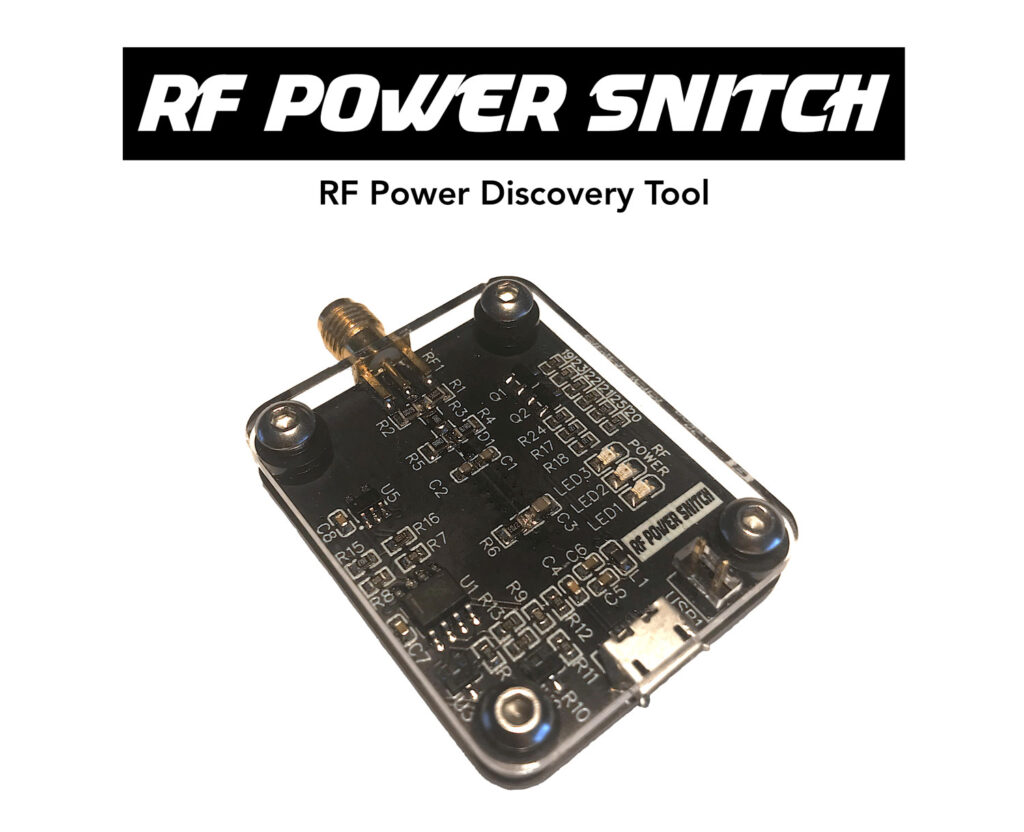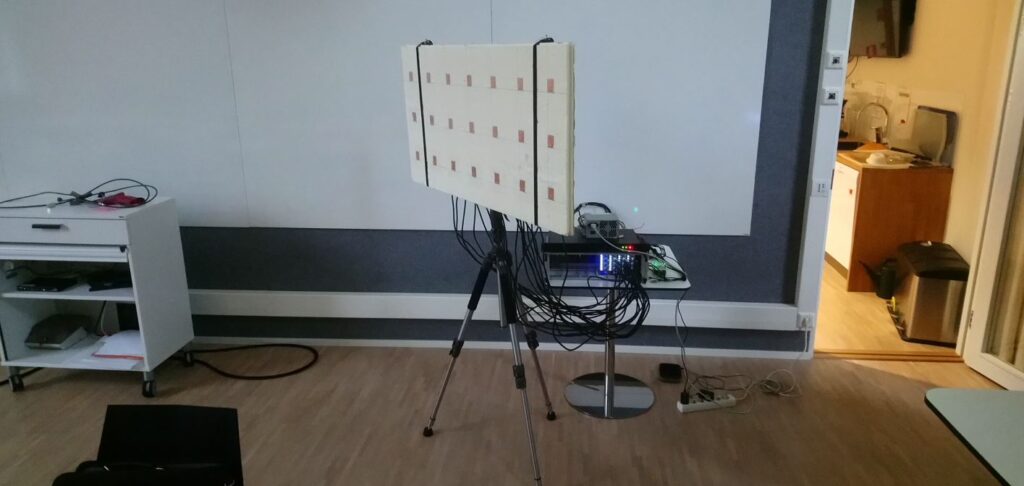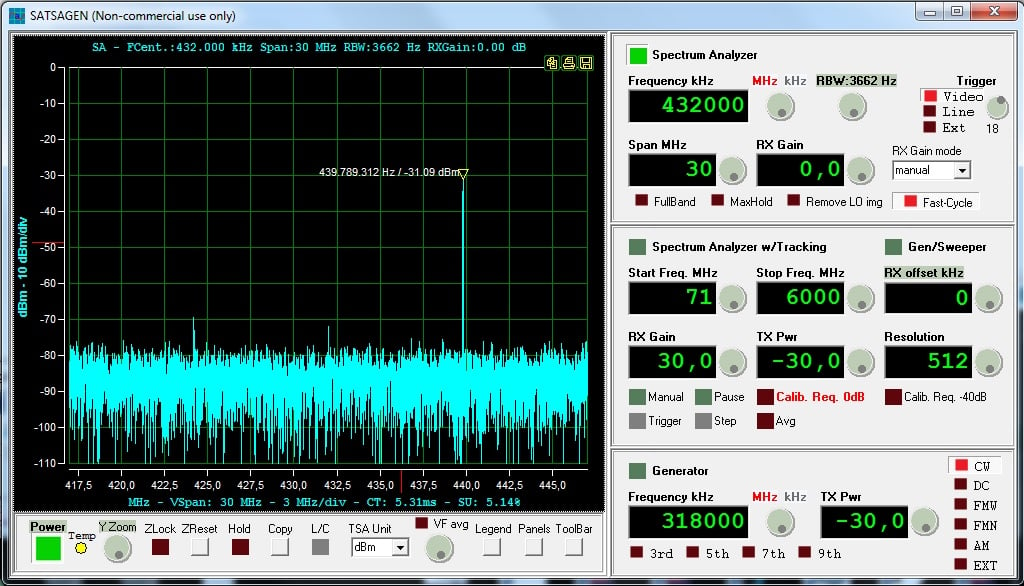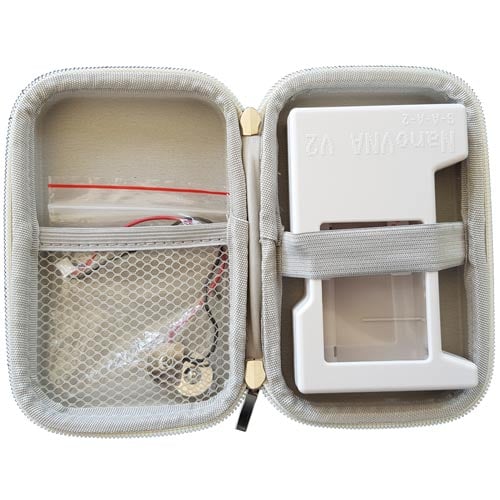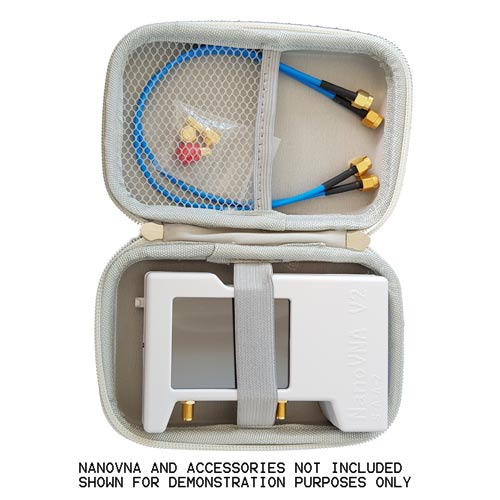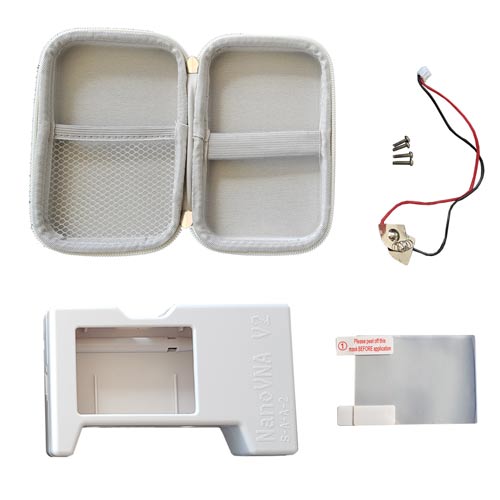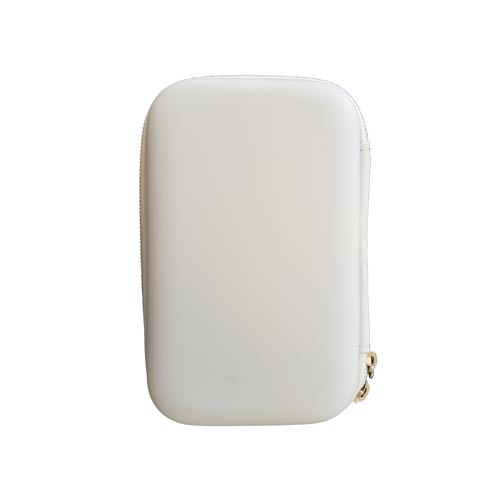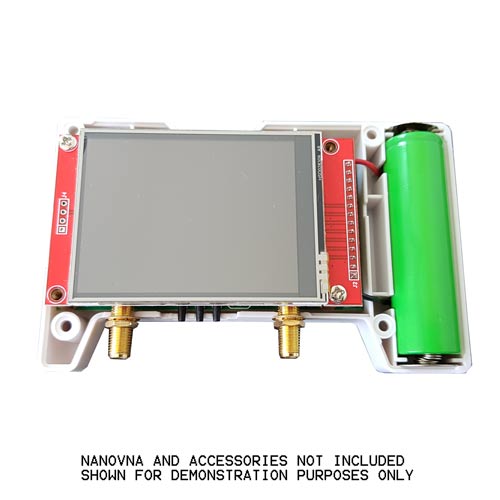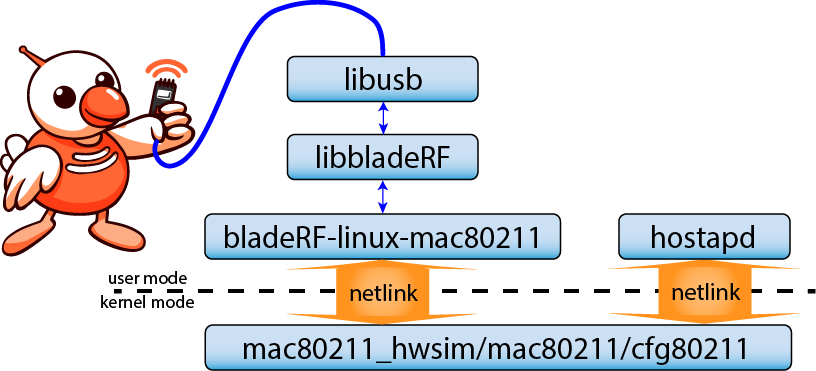RF Power Snitch: RF Power Measurement Companion for Protecting RF Equipment
Thank you to Majodi Ploegmakers who wrote in and wanted to share a product he's created that might be useful for some RF enthusiasts. The product is called the "RF Power Snitch", and is a tool used to quickly measure RF input power to determine if input power from a signal source is too strong and could damage measurement equipment such as an SDR or NanoVNA. The product is not yet for sale, but Majodi has an availability notification signup page.
NickStick Design Announces - RF Power Snitch –
“Your RF Measurement Companion”The Netherlands: Today, NickStick Design, an electronics design company for Makers, announced their RF Power Snitch. After a successful launch of SwarmDrive through Crowd Supply last year, NickStick Design went on and designed another useful tool for makers in the RF (Radio Frequency) domain this time.
Of the company’s recent crowd funding campaign, Majodi said, “We were very pleased with the interest our last, somewhat niche, product received. It spurred us on to develop and realize our next idea”.
Today, the RF domain has become accessible to everyone through affordable tools that many could only dream of before. The only tool missing though, is a simple device for checking the, potential, destructive power of the signals one would want to analyze. Because, although tools like the TinySA, NanoVNA or SDR devices are extremely affordable today, for a maker it is still an investment worth protecting.
That’s why our goal was to develop a low-cost companion device that can help makers and experimenters (especially beginners) in the RF domain to gain insight in the power levels of a signal before hooking things up to their valuable test equipment. As an extra to this we also made it possible to attach an MCU for doing power readings and plotting.
Website: https://powersnitch.nickstick.nl
